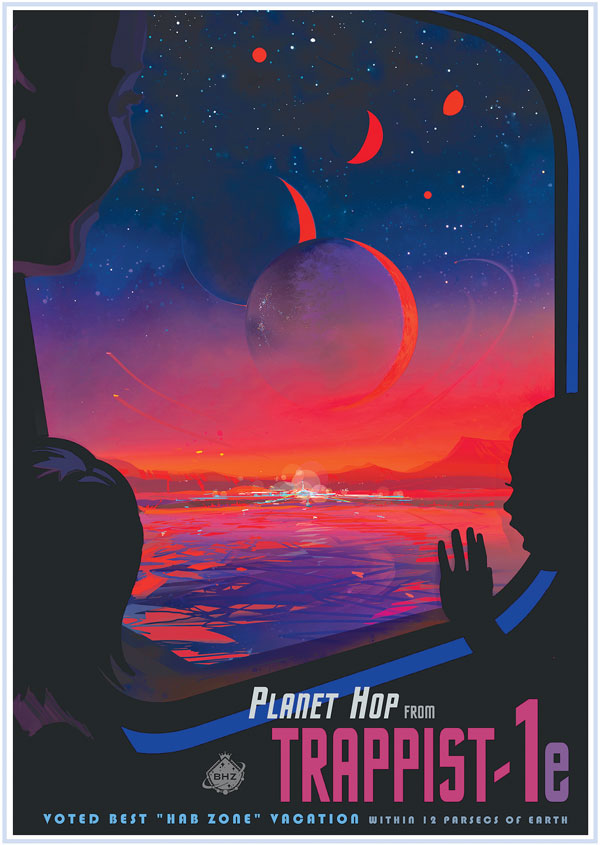Human ingenuity is helping us unlock the secrets of unimaginably distant worlds — exoplanets.

It wasn’t long ago that it was astonishing simply to know that planets beyond our own solar system really do exist. Now we know they’re everywhere, orbiting nearly every star.
Yet, in a way, exoplanets seem like a cosmic tease. Given their enormous distance and dimness beside the blindingly radiant stars they hug so tightly, it will be hard to learn enough about them to satisfy the profound questions they raise. It’s like coming upon a palace full of doorways we can’t open, though we know behind them lie clues to the mystery of our existence.
One of the most extraordinary systems we’ve discovered so far is Trappist-1 (S&T: June 2017, p. 12). There, seven roughly Earth-size planets orbit close enough to a dim red star that several may be in the habitable zone, with liquid water stable on the surface. Or not. It’s awfully hard to say, because what we know is so rudimentary.
We’ve had only a rough idea of the worlds’ masses and diameters. This allowed us to estimate what mix of metal, rock, and ice they’re made of. And we know their orbital periods and distances from the star, along with constraints on the ellipticities of their orbits. From this, simple calculations of surface temperature showed that three orbit within the habitable zone. Further modeling hinted that two of these might have lost all water to a “runaway greenhouse,” and the outermost may be frozen over.
Given the little data we have, can we ever determine conditions on these worlds? Recently, planetary geophysicist Amy Barr Mlinar (Planetary Science Institute) and colleagues published some clever modeling they did that factors in the effects of tidal heating. Tidal heating is insignificant among our solar system’s inner planets. But it’s potent among Jupiter’s big moons, which repetitively pull on one another and yank their orbits into very slight ellipses. This non-circular motion leads to enough tidal forcing from Jupiter to melt their insides, creating volcanism on Io and a water ocean inside Europa.
In some ways the Trappist-1 system resembles more a system of Jovian moons than our solar system. These planets torque one another’s orbits and tug at each other’s insides, depositing heat. Barr Mlinar’s results suggested that, because of this heating, two of these Trappist-1 worlds — including one of those previously ruled uninhabitable due to a runaway greenhouse — might indeed support surface liquid-water oceans. Who knows? Maybe something is swimming in those waters.
This study is far from the last word. Barr Mlinar et al. described how the great uncertainties in these planets’ masses and densities made it hard to reach definitive conclusions.
Yet, amazingly, just as this column was going to press, a group of astronomers led by Simon Grimm (University of Bern, Switzerland) reported much more precise masses for these planets, derived by analyzing tiny changes in the timing of transits induced as the planets tweak one another’s orbits. Now, geophysicists can apply these improved constraints to their interior models, and we’ll get closer to understanding what these planets are really like.
The high-tempo dance between observers and theorists gives me hope that in the coming decades, even without actually going there, we’ll make huge strides toward finding out what lies behind all those enticing exoplanet doorways.
This article originally appeared in print in Sky & Telescope's May 2018 issue.
 0
0
Comments
You must be logged in to post a comment.